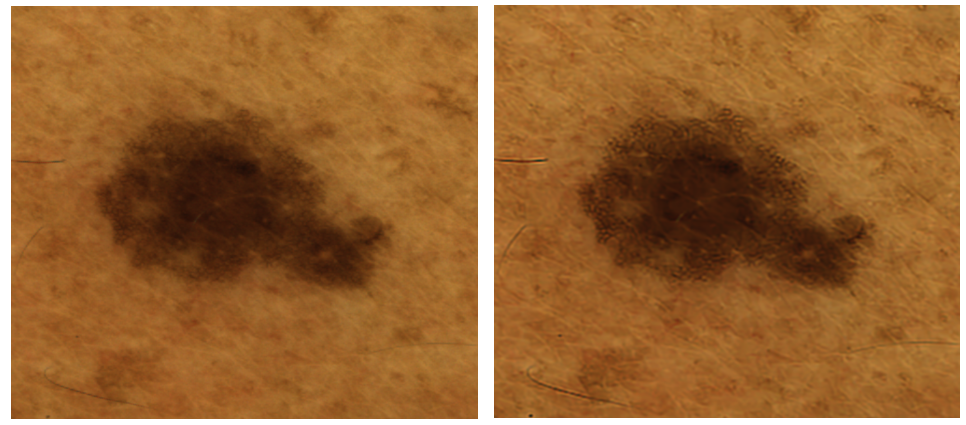Image deblurring is the technique of removing blurring artifacts from an image that can come from object motion, camera shake or out-of-focus blur.
The blur in an image means a loss of relevant information, making deblurring an ill-posed challenging problem.
The image deblurring problem can be modelled as a convolution of the unknown Sharp image that we want to recover with an unknown point spread function K: Blurred = Sharp * K. When there is no information about the degradation, it is called blind image deconvolution.

Fig. 1 An example of image deblurring. Left, original image of moderate blurring level. Right, image deblurred with the BM3DDEB method [1].
Recovering sharp image details is complicated, as high frequency in an image can represent both detail and noise. A common technique is to formulate deblurring as image restoration from a blurry and noisy observation.
There are two consequent problems that can appear after deblurring: the image noise can be over-accentuated and ringing artifacts can appear near the edges. In the Fig 1. there is one example of a variational method [1] that incorporates a regularisation term to reduce ringing artifacts.
Bibliography
[1] A. Danielyan, V. Katkovnik and K. Egiazarian, "BM3D Frames and Variational Image Deblurring," in IEEE Transactions on Image Processing, vol. 21, no. 4, pp. 1715-1728, April 2012, doi: 10.1109/TIP.2011.2176954.
